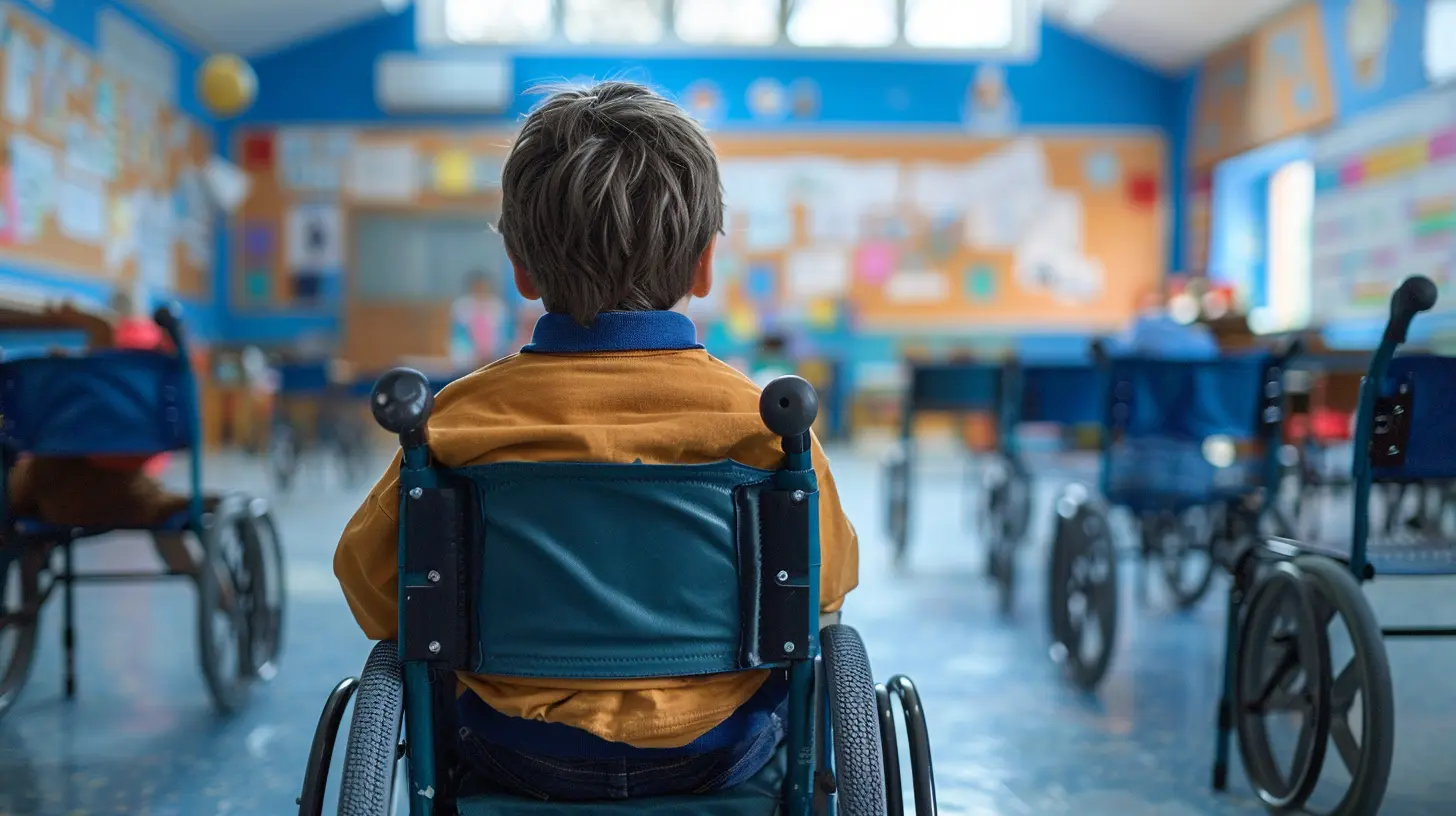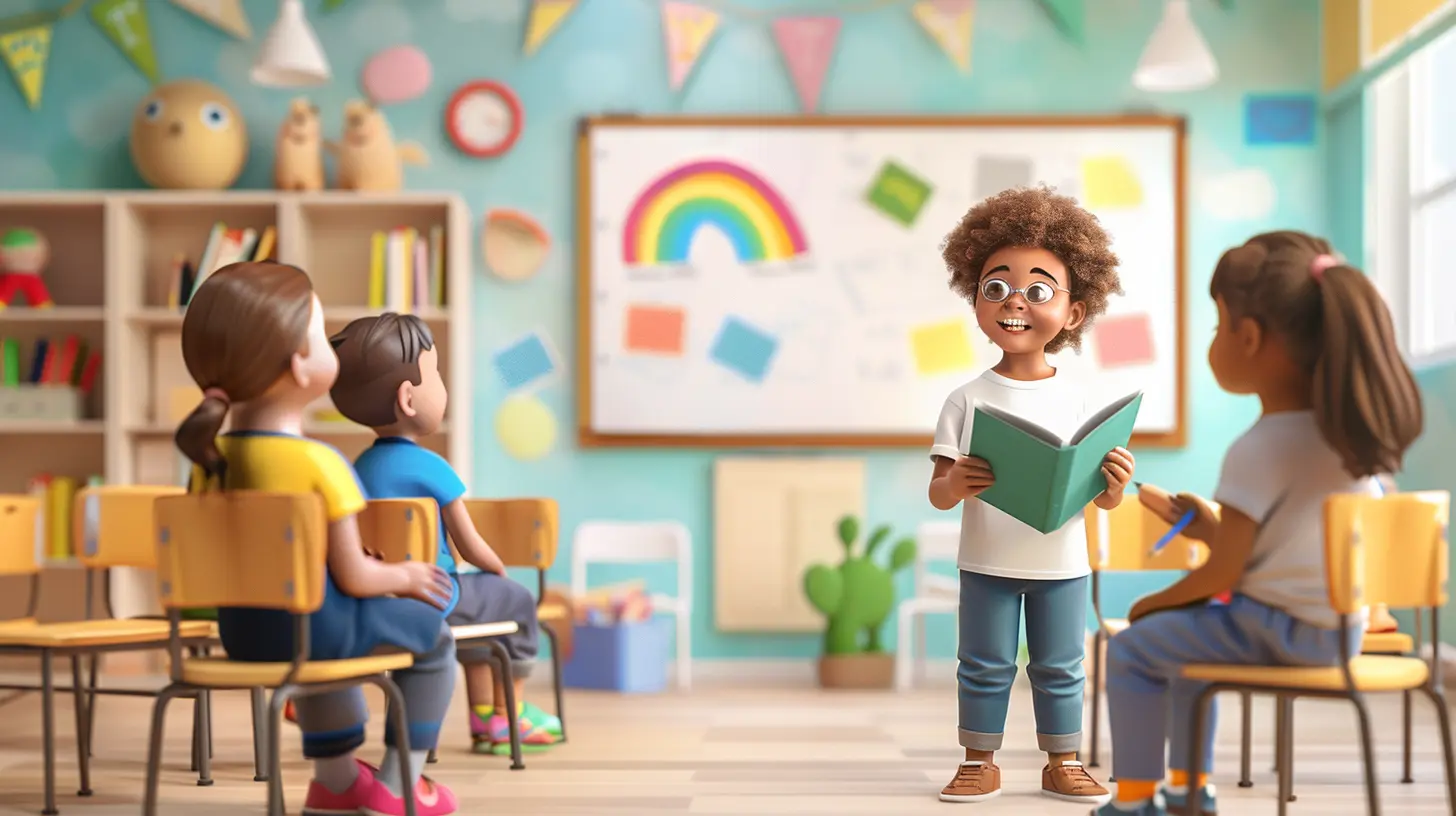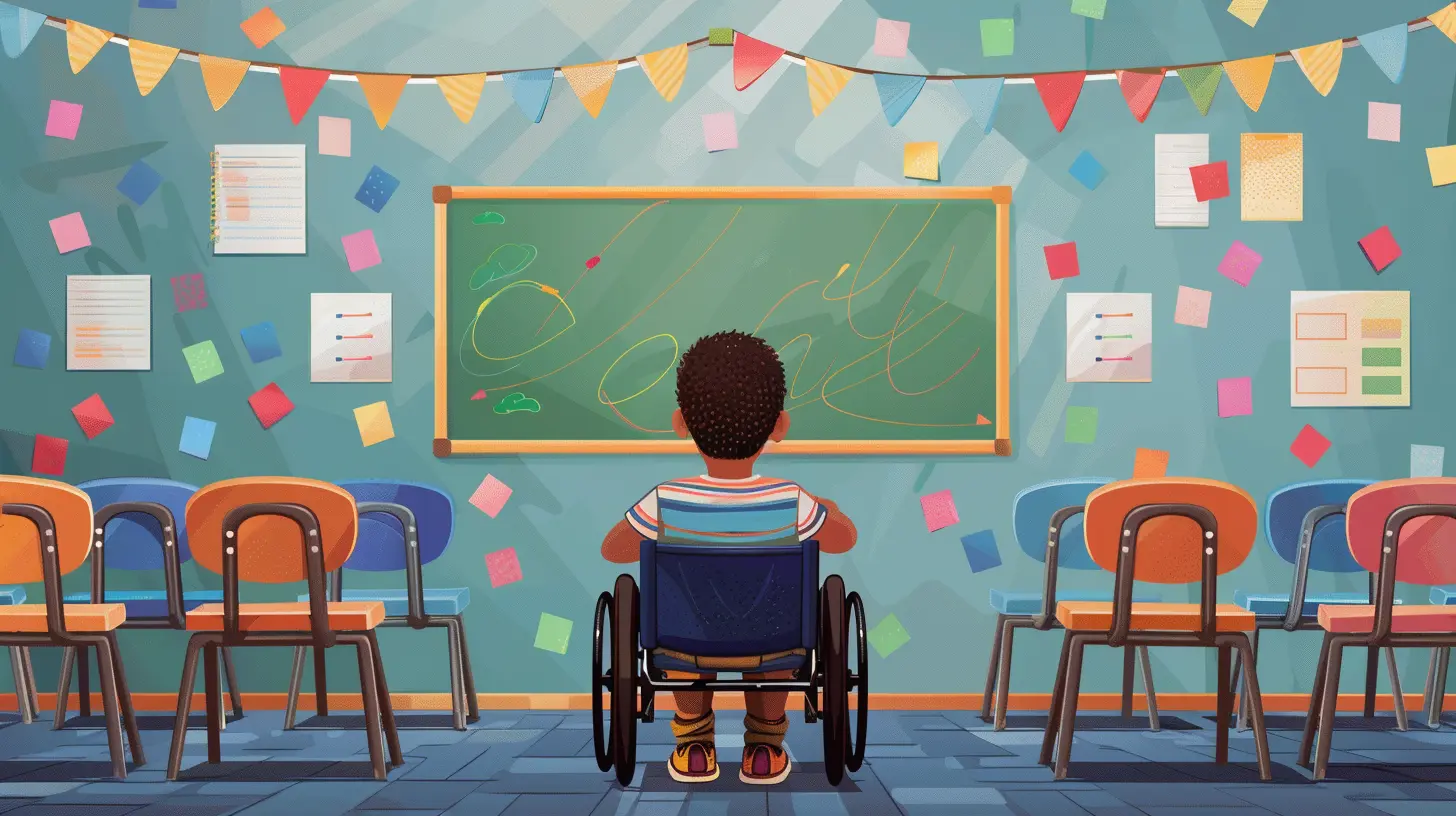Inclusive Classrooms: Breaking Down the Stigma of Special Needs
18 June 2025
Education is meant to be a gateway to opportunity. Yet, for many students with special needs, that gateway is often blocked by stigma, misunderstanding, and lack of inclusion. The concept of inclusive classrooms aims to change that by ensuring every child, regardless of their abilities, has access to quality education in a supportive environment.
But let's be honest—there’s still a long way to go. Misconceptions about inclusive education and special needs students persist, making it harder for these children to thrive academically and socially. So, how can we break down these barriers? How can we foster a system where diversity is not just accepted but celebrated?
Let's dive into what makes inclusive classrooms so powerful and how they help dismantle the stigma around special needs students. 
What Is an Inclusive Classroom?
An inclusive classroom is a learning environment where students of all abilities learn together. Instead of segregating children with disabilities into separate schools or classrooms, inclusive education ensures they receive support alongside their peers in the same learning space.This doesn’t mean ignoring the different needs of students—it means embracing them. Teachers in inclusive classrooms use a mix of strategies, tools, and personalized support to ensure that every student gets the education they deserve.
Why Does Inclusivity Matter?
Imagine going to a party where everyone seems to be speaking a different language, and no one makes an effort to include you. Frustrating, right? That’s how many children with special needs feel in traditional, exclusionary education systems.Inclusive classrooms:
- Promote equality and fairness
- Foster peer relationships and friendships
- Encourage empathy and understanding
- Prepare all students for a diverse world
- Improve academic and social outcomes for children with special needs 
Breaking the Stigma Around Special Needs
Despite the progress in inclusive education, stigma continues to be a significant issue. Many people still hold outdated beliefs about learning disabilities, autism, ADHD, and physical disabilities, often seeing them as barriers rather than differences.What if we changed that perspective? Instead of focusing on limitations, we should recognize the strengths and unique contributions of every student.
Common Misconceptions About Special Needs Students
Let’s bust some myths:❌ Special needs students slow down the class.
✅ Fact: With proper support, special needs students can thrive without affecting the pace of learning for others. In fact, studies show that inclusive classrooms benefit all students by promoting collaboration and problem-solving.
❌ They can't achieve high academic success.
✅ Fact: Many students with disabilities go on to excel academically and professionally. The key is access to the right tools, resources, and support systems.
❌ Teachers aren’t equipped to handle special needs students.
✅ Fact: While more teacher training is needed, many educators already use adaptive teaching methods that benefit all students. Schools that invest in training and resources for inclusion see tremendous success.
By challenging these misconceptions, we bring inclusion one step closer to becoming the norm rather than the exception. 
How Schools Can Foster Inclusive Classrooms
Want to create a truly inclusive classroom? It’s not just about policies—it’s about actions. Here are some critical steps schools and educators can take:1. Implement Universal Design for Learning (UDL)
UDL is a teaching approach that provides multiple ways for students to engage with content. This could mean using visual aids, hands-on learning, and assistive technology to ensure every student can participate meaningfully.2. Encourage Peer Support and Friendships
When students work together and form friendships, barriers start to fade. Encouraging group projects, buddy systems, and collaborative activities helps build a sense of belonging for everyone.3. Provide Special Education Support
Inclusion doesn’t mean ignoring individual needs. Schools should have specialized staff like speech therapists, occupational therapists, and special educators to support students when needed.4. Train and Support Teachers
Teachers are at the heart of inclusive education. Providing regular training on inclusive strategies, adaptive teaching methods, and behavior management ensures that teachers feel confident in supporting all students.5. Cultivate a Culture of Acceptance
A school culture that embraces inclusivity starts with leadership. Schools should actively educate students, teachers, and parents about disabilities and the importance of empathy and acceptance.
The Role of Parents and Society in Inclusion
Education isn’t just about schools—it’s a societal effort. Parents, communities, and policymakers all play a role in fostering inclusive education.Parents as Advocates
Parents of children with special needs should feel empowered to advocate for their child's rights in the education system. Schools must work collaboratively with parents to create individualized education plans (IEPs) that cater to each child's needs.Teaching Kids About Inclusivity at Home
Kids learn a lot from their surroundings. Teaching them about differences, kindness, and empathy from an early age goes a long way in breaking down prejudice.The Impact of Media Representation
Representation matters! When children see characters with disabilities in books, movies, and TV shows, they grow up understanding that disabilities are just another part of human diversity.Success Stories: How Inclusion Changes Lives
We’ve talked about the "how," but what about the "why"? Real-life success stories showcase the true power of inclusive education.Take, for instance, a child with autism who struggled in a traditional classroom but flourished in an inclusive setting with the right support. Or a student with dyslexia who, instead of being labeled lazy, was given reading tools that helped him excel academically.
Inclusive classrooms don't just help children with special needs—they create a better learning environment for everyone.
The Road Ahead: What More Needs to Be Done?
Progress has been made, but challenges remain. Schools worldwide still lack the necessary resources, teacher training, and inclusive policies to fully embrace special needs education.What’s Next?
- Investing in Teacher Training – Teachers should feel equipped, not overwhelmed.- Improving Classroom Infrastructure – Accessibility-friendly schools are a must.
- Stronger Policies and Funding – Governments need to prioritize inclusion in education budgets.
Breaking down the stigma of special needs starts with education, awareness, and action. When we shift our mindset from seeing disabilities as obstacles to recognizing them as part of human diversity, we create a world where every child has the opportunity to reach their full potential.
Final Thoughts
Inclusive education isn’t just a nice idea—it’s a necessary step toward a fair and equitable society. When we embrace inclusive classrooms, we’re not just helping special needs students; we’re fostering a world that values diversity, empathy, and shared success.So, what can you do? Advocate, educate, and spread awareness. Every action, no matter how small, contributes to breaking down the stigma of special needs and building a more inclusive future for the next generation.
all images in this post were generated using AI tools
Category:
Inclusive EducationAuthor:

Fiona McFarlin
Discussion
rate this article
2 comments
Camden Banks
Every mind deserves a chance!
November 4, 2025 at 3:30 AM

Fiona McFarlin
Absolutely! Every mind, regardless of its unique challenges, has the potential to thrive in an inclusive environment.
Anastasia Hubbard
This article sheds light on the vital importance of inclusive classrooms. I'm intrigued by how breaking down stigmas can foster empathy and collaboration among peers. What innovative strategies have you seen that truly make a difference?
June 22, 2025 at 3:33 AM

Fiona McFarlin
Thank you for your thoughts! Innovative strategies like peer mentoring, collaborative projects, and incorporating diverse learning materials can significantly enhance empathy and collaboration in inclusive classrooms.


